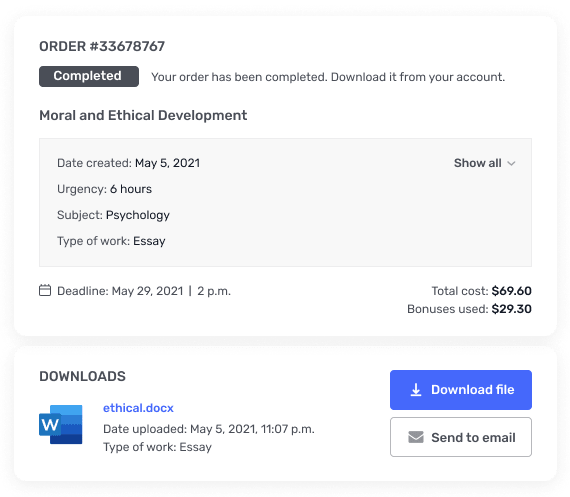ECON 3551 Practice Problems for First Midterm – The Gringle Company has determined that the demand curve
Economics 3551 Lynn Paringer
Practice Problems for First Midterm
Questions 1 – 5
The Gringle Company has determined that the
demand curve for its product is:
Q =
9300 – 8P
1.
At what price and quantity would Gringle maximize revenue? What is its maximum revenue?
At what price and quantity is the elasticity of demand =
-2.4? What is the P/MR at this
point?
Assume Gringle wants to mark up its product by 40% above
marginal cost (i.e. P/MR = 1.4).
What price and quantity does this correspond to? What is the elasticity of demand at this
point?
Assume that Gringle is operating at a point on its demand
function where MR = $60. What price
and quantity does this correspond to? What is the elasticity of demand?
Graph the total revenue function for Gringle.
Questions 6 – 10
Dagwood’s Dishwashers observes that, when
it sets the price of dishwashers is $350, that 4400 units are demand and that,
when it sets the price at $670, 1840 units are demanded.
Using the above information, calculate a straight line demand
function for dishwashers.
Using your demand function, calculate the price and quantity at
which Dagwood will maximize total revenue from selling dishwashers.
Graph the demand and marginal revenue functions for Dagwood.
Questions 9 – 13
The Chilton Company has identified the
demand function for its product to be:
Q = 5000 – 5P + 3Ps – Pc + .05I
Where Q is the quantity demanded of its
product, P is the price of its product, Ps is the price of a substitute product
and Pc is the price of a complement product and I is per capita income. Currently, P = $400, Ps = $200, Pc = $400 and
I = $50,000.
Calculate the “own price elasticity” of demand for the product.
Calculate the cross price elasticity of demand as the price of
the substitute changes.
Calculate the cross price elasticity of demand as the price of
the complement changes.
Calculate the income elasticity of demand for the product.
Graph the demand facing the Chilton Company assuming Ps = $200,
Pc = $400 and I = $50,000.
Questions 14 – 20
The production function for the Fringale
Company can be written as follows:
Q = 1800L + 45L2 – .6L3
Calculate the L at which Q is a maximum.
Calculate the maximum Q.
Calculate the L at which the marginal product of L is a
maximum.
Calculate the maximum marginal product of L.
Calculate the L at which the average product of L is a maximum.
Calculate the maximum average product of L.
Graph the marginal and average product of L.
Questions 21- 24
The demand for fringles can be written
as: Q = 6700 – 8P.
21. Calculate the P, Q, elasticity of demand and P/MR when MR = $80.
Calculate the P, Q, marginal revenue and P/MR when the
elasticity of demand = -3.4.
Calculate the P, Q, elasticity of demand and marginal revenue
when the P/MR = 6.8.
Calculate the P and Q at which TR is a maximum. What is maximum TR?
Questions 25 – 27
The demand for thingles can be written
as: Q = 7,200 – 8P. The supply of thingles can be written as: Q =
– 80 + 4P.
Calculate the equilibrium price and quantity of thingles.
Now assume that the government has set the price of thingles at
P = 700 and agreed to buy the surplus.
Calculate the size of the surplus.
Calculate the amount the government will spend on such a program.
Now suppose that, rather than buying the surplus, the government
sets the price at P = 700 and decides to let the market clear. This means all that is produced at a
price of 700 will be placed on the market and the price to the consumer
will drop until consumers remove all of the goods from the market. Calculate the market-clearing
price. Calculate how much this will
cost the government..
Questions 28 – 29
Tony’s sells televisions. The marginal cost of a television is $300. Arnie sells to two groups of customers. Group 1 does not clip coupons and has an elasticity
of demand of – 3.2. Group 2 is the
coupon clipping group. It has an
elasticity of demand of –3.6.
Calculate the price that Tony should set for his television.
Calculate the value of the coupon assuming Tony wants to sell
to both groups of customers.
Questions 30 – 38
The Squiggle Company has the following
production function:
2 3
Q = 3000L + 60L – .8L.
Calculate the L at which Q is a maximum.
What is the maximum Q?
Calculate the L at which the marginal product of L is a
maximum.
What is the maximum marginal product of L?
Calculate the L at which the average product of L is a maximum.
What is the maximum average product of L?
Assume each unit of Q can be sold for $8 and that each unit of
L costs $15,000 to hire. How much L
should the firm hire if it is to maximize profits?
What are its maximum profits?
Graph the average product of L and the marginal product of L.
Questions 39 –
44
The production
function for the Frimo Firm can be written as:
Q = 9K1/2L1/2
39. Graph the isoquant for Q = 4500.
Assume the price per unit of K = $400 and the price per unit of
L = $1000. Calculate the least cost
way of making Q = 4500. How much K
and L will you use? What is the
cost?
Now assume that the price per unit of L drops to $600. Calculate the least cost way of making Q
= 4500. How much K and L will you
use? What is the cost?
Now assume that you have been given $1,000,000 to make as much
output as possible. The price per
unit of K is $800 and the price per unit of L is $2400. What is the maximum amount of Q you can
make? How much K and L will you
use?
Now assume that the price per unit of L falls to $1600 and the
price per unit of K stays the same.
How much Q can you now make for $1,000,000? How much K and L will you use?
Now assume that you have been given K = 4900 free of charge and
each unit of L costs $500 and each unit of Q can be sold for $50. How much K and L will you use to
maximize profits? What are your
maximum profits? What is the
marginal product of L at the profit maximizing amount of L?




